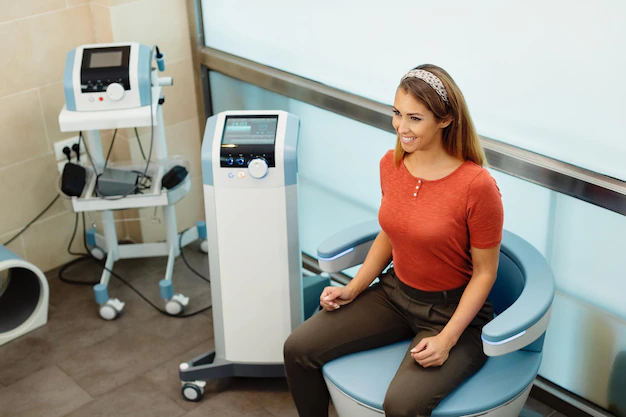Osteoporosis and Urinary Incontinence

Osteoporosis and urinary incontinence are two common health conditions that can affect older adults, and there may be a link between the two.
Osteoporosis is a condition where bones become weak and brittle, making them more susceptible to fractures. As people age, bone density naturally decreases, but osteoporosis is a more severe form of bone loss that can lead to serious fractures, particularly in the hip, spine, and wrist.
Urinary incontinence, on the other hand, is a condition where a person experiences involuntary leakage of urine. There are several types of urinary incontinence, including stress incontinence, urge incontinence, and overflow incontinence. This condition can be caused by a variety of factors, including weakened pelvic floor muscles, nerve damage, and certain medications.
So, how are these two conditions linked? It appears that people with osteoporosis may be more likely to experience urinary incontinence. One theory is that the weakening of bones in the spine can lead to changes in the pelvic floor muscles, which can contribute to urinary incontinence. Additionally, some medications used to treat osteoporosis, such as bisphosphonates, have been associated with an increased risk of urinary incontinence.
Fortunately, there are ways to manage both osteoporosis and urinary incontinence. Strengthening exercises, such as weight-bearing exercises, can help improve bone density and reduce the risk of fractures. Pelvic floor exercises, such as Kegels, can help strengthen the muscles that control bladder function and reduce the symptoms of urinary incontinence. In some cases, medications may be prescribed to treat osteoporosis or urinary incontinence.
It’s important to talk to your healthcare provider if you are experiencing symptoms of either osteoporosis or urinary incontinence. They can help diagnose and treat these conditions and provide guidance on lifestyle modifications that can help improve your overall health and wellbeing.
